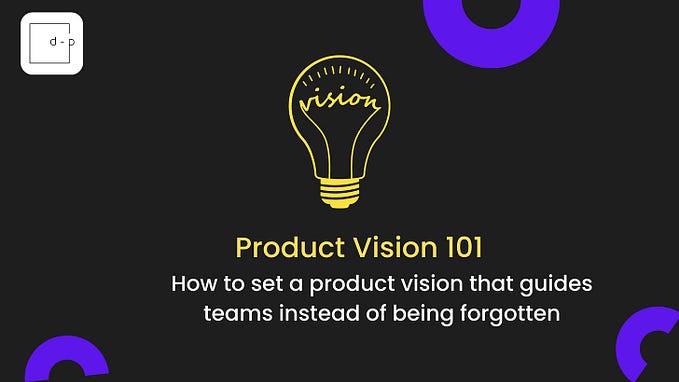
Member-only story
How to grow design maturity in your organization
Becoming design-centric is not easy, but the journey itself is the goal. Struggling well improves your company for years to come.
 Designers are incredibly sought-after today. Every company seems to hire them, and the titles are getting more and more senior. We now see the Chief Design Officer as a regular title in organizations that are not known as design-centric. The rallying cry is falling on fertile ground. Latest after McKinsey got in the game and published their study on the ROI of design, the C-Suite is on board with promoting it.
Designers are incredibly sought-after today. Every company seems to hire them, and the titles are getting more and more senior. We now see the Chief Design Officer as a regular title in organizations that are not known as design-centric. The rallying cry is falling on fertile ground. Latest after McKinsey got in the game and published their study on the ROI of design, the C-Suite is on board with promoting it.
At the same time, it seems that many organizations are lost as to what designers can deliver in terms of value.
In their latest piece, McKinsey found that most companies do not know what to ask and expect of their design leadership. This results in design being prominent, yet often toothless. The lofty goals of design influencing all the way through to strategy are rarely met, and business stakeholders are frustrated.
Yet some companies already got it right. Design-led enterprises can deliver tremendous value, as prominently exemplified by Apple, Logitech (link to article), Nike, 3M, and many more. What do these companies understand that others do not yet? And what struggles do you have to pass through to get there?

The Nielsen Norman Group has published a neat framework for how to think about UX Maturity. In their work, they describe eight stages that each company passes through. Those go roughly like this:
- Stage 1: Hostility to Usability
No one wants to hear from users or think about them. Full stop. - Stage 2: Development-centered User Experience
Someone has design in the title and comes up with what they think is good UX. They are not the user but have some intuition as to what a typical human might get frustrated with. - Stage 3: Skunkworks User Experience
The designer gets permission to talk to users in…







